AMPICILLIN/SULBACTAM - INJECTION
PHONETIC PRONUNCIATION: (AM-pi-SIL-in/sul-BAK-tam)
COMMON BRAND NAME(S): Unasyn
GENERIC NAME(S): ampicillin sodium/sulbactam sodium
Uses
USES: This combination medication is used to treat a wide variety of bacterial infections. It is known as a penicillin-type antibiotic. It works by stopping the growth of bacteria.
How to use AMPICILLIN/SULBACTAM - INJECTION
HOW TO USE: This medication is given by injection into a vein, usually every 6 hours or as directed by your doctor. The dosage is based on your medical condition and response to therapy. For children, the dosage is also based on weight. If you are giving this medication to yourself at home, learn all preparation and usage instructions from your health care professional. Before using, check this product visually for particles or discoloration. If either is present, do not use the liquid. Learn how to store and discard medical supplies safely. Give aminoglycosides (such as gentamicin) separately from this medication. Do not mix together in the same IV fluid. For the best effect, use this antibiotic at evenly spaced times. To help you remember, use this medication at the same time(s) every day. Continue to use this medication until the full prescribed amount is finished, even if symptoms disappear after a few days. Stopping the medication too early may result in a return of the infection. Tell your doctor if your condition persists or worsens.
Side Effects
Precautions
Interactions
Overdose
Images
Reviews
Faq for AMPICILLIN/SULBACTAM - INJECTION
Ampicillin/Sulbactam injection is used to treat various bacterial infections such as pneumonia, urinary tract infections, skin infections, and intra-abdominal infections.
This injection contains two active ingredients, ampicillin and sulbactam. Ampicillin is an antibiotic that works by killing bacteria, while sulbactam helps to inhibit certain enzymes that can inactivate ampicillin, making it more effective against bacteria.
Some common side effects of this injection include diarrhea, nausea, vomiting, skin rash, and pain or swelling at the injection site. It is important to inform your doctor if any of these side effects become severe or persistent.
This injection is usually given by a healthcare professional, either as an intravenous (IV) infusion or as an intramuscular (IM) injection. The dosage and duration of treatment will depend on the type and severity of the infection.
It is important to inform your doctor if you have any allergies to penicillin or cephalosporin antibiotics, as you may be at an increased risk of an allergic reaction to Ampicillin/Sulbactam. Additionally, this injection may interact with certain medications and medical conditions, so it is important to disclose your full medical history to your doctor.
This medication should be used during pregnancy only if clearly needed, as it may pass into breast milk and harm a nursing baby. It is important to discuss the potential risks and benefits with your doctor before using this injection if you are pregnant or breastfeeding.
If you miss a dose, consult your healthcare provider or follow their instructions. It is important to not double the dose to make up for the missed dose.
Disclaimer
IMPORTANT: HOW TO USE THIS INFORMATION: This is a summary and does NOT have all possible information about this product. This information does not assure that this product is safe, effective, or appropriate for you. This information is not individual medical advice and does not substitute for the advice of your health care professional. Always ask your health care professional for complete information about this product and your specific health needs.
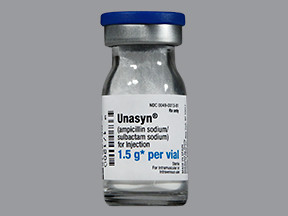
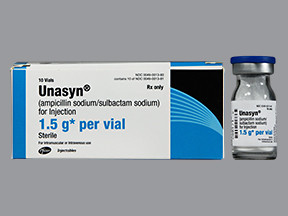
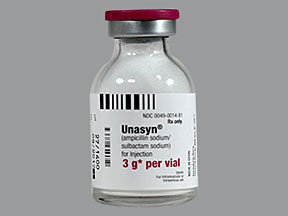
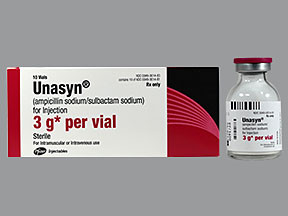
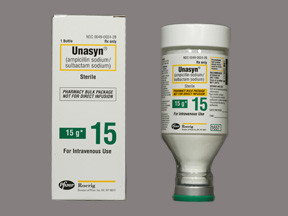
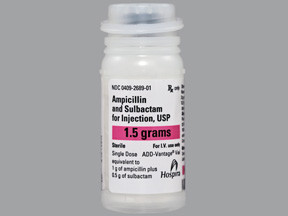

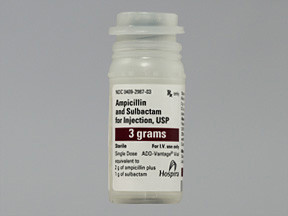
No Reviews Yet